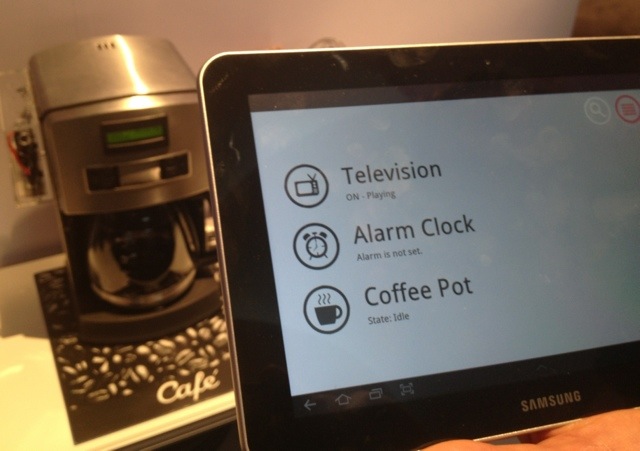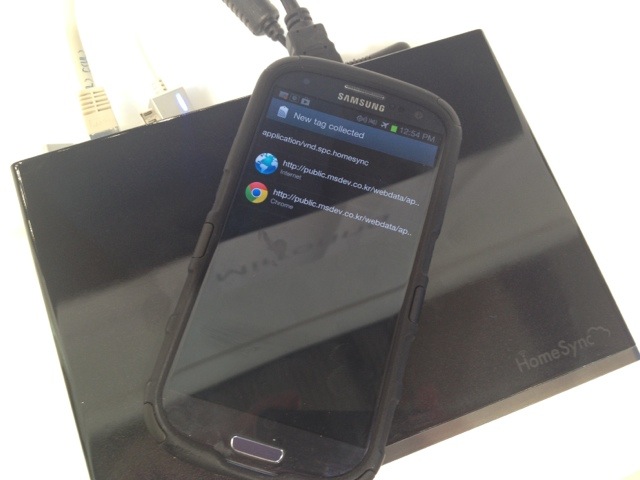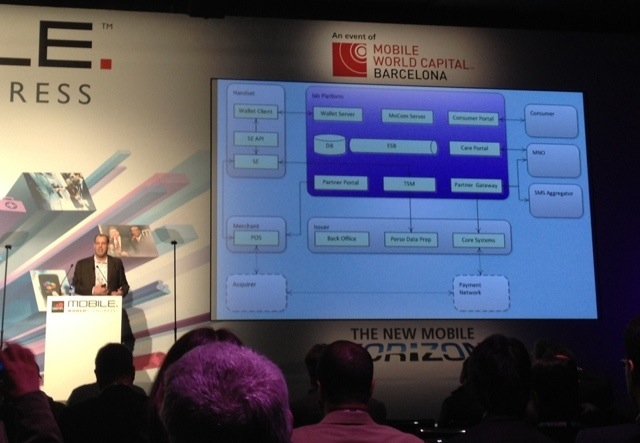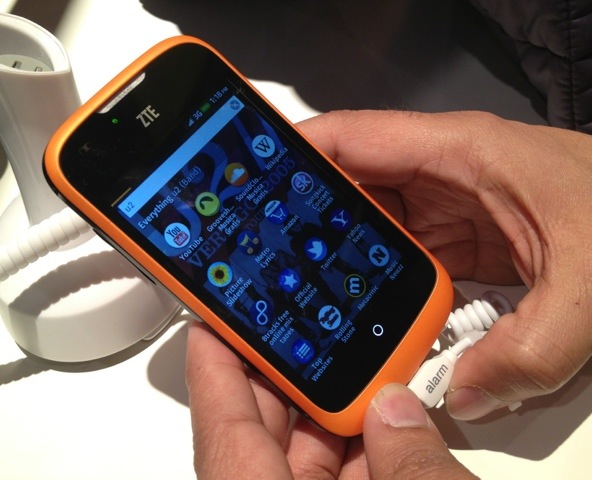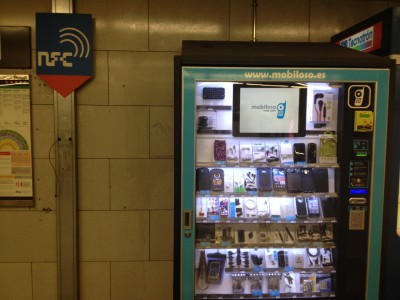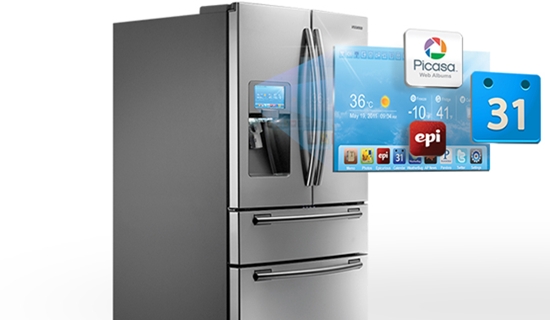Watching the Superbowl as a Brit it was hard to escape two overriding feelings.
One- The Superbowl doesn’t really seem to be about the sport, instead all those people clattering into each other are rather background to the whole thing, people talk over the action, nobody really supports a side with any vigor and people come and go as the event goes on. The whole thing seems more about sport as an excuse to get together, chat , eat and talk about ads.
The second realization is that for a nation that spends it’s entire year doing everything it can to avoid ads, this seems to be this one curious window where people actually like ads, scrub that, they LOVE the ads, they talk about the ads, they laugh at the ads, they may even listen to them and remember them. For months it’s like ad agencies have rubbed their hands together knowing that for this one time, people will actually be watching and actually may care about what you have to say. That’s rather puzzling to me.
It’s not like this in the UK. While we don’t love ads, we have a curious relationship with them, they are at worst tolerated and at best, beloved. We have TV shows in primetime that celebrate the best ads from around the world. And you can understand why, most TV ads in the UK are rather gentle and sophisticated “films”. They are often creative narratives with pleasant storylines, feature nice plinky plonky music, they cajole and entertain, and smuther you and endear you. It’s not like that in the US, and I understand why most US ad breaks with their shouty patronizing interruption are not welcome.
It did get me thinking, how is it in a world where we now have no attention span, where we do several things at once, where so many people skip ads on DVD’s and if they do view them, they do so in the context of frustration, why on earth do we still have ad “breaks”? What rationale is there behind stopping the thing we want to watch, then taking 7 mins or more with the entire screen removed of the thing we were paying attention to, and either force people to put up with “paid interruption” or more likely, tempt them to put on the cooker or do something else for a bit.
What’s the need for the break? Would people not pay more attention to the screen and therefore the ad like message if they were not on together?
Why have we not more found ways to embed messages within the broadcast simultaneously and maybe as a way to add value and meaning? Sure we have “sponsorships” and logo’s and wardrobes provided (seemingly always by Ralph Lauren), but why not feature more things akin to banner advertisements, or branded utility, and do away with the entire concept of a “ad break” .
I’d love to do some research at the lab and find out if it’s better to get half of someones attentions while they are watching the show, or to take up the full screen when they are not. I’d love also to think of creative ways to get ad content and viewing content blended together in ways far more sophisticated that current techniques like sponsorship and product placement.
